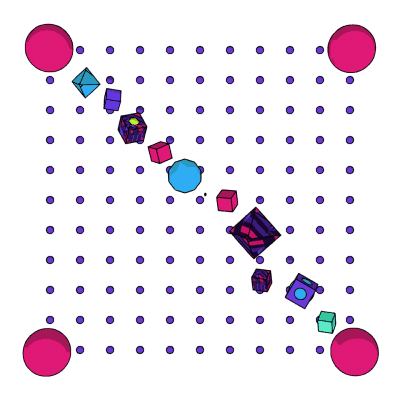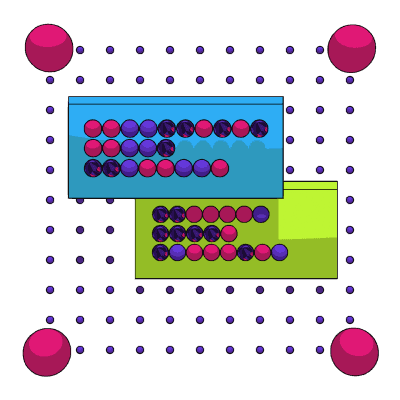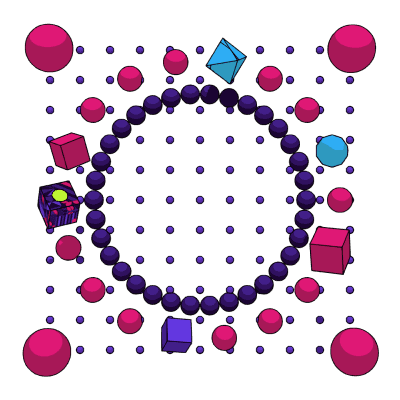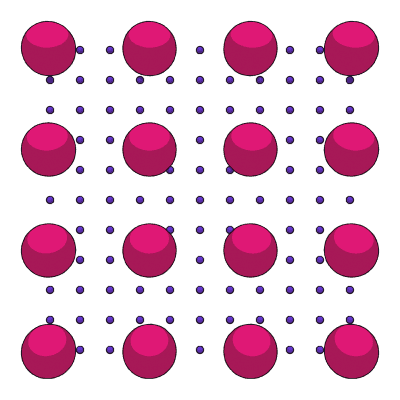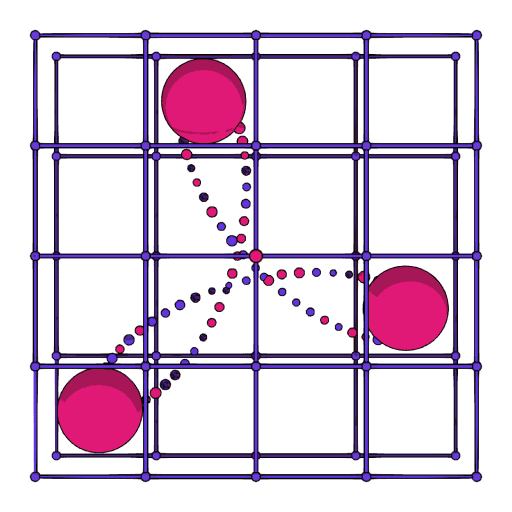Previous cross-chain technologies mostly involved moving tokens from one chain to another. XCM messages can contain any type of data, enabling not just cross-chain token transfers but feature-rich cross-chain applications. This will lead to innovative new services not possible on legacy networks.
Much more than messages in the conventional sense, XCM messages are actually computer programs sent from one place and executed in another. This enables a level of cross-chain programmability never before seen in blockchain technology: with XCM, different blockchains can now program each other.
Before XCM, blockchains could only communicate via bridges that relied on trusted third parties, creating a ‘weakest link’ problem and leading to several infamous hacks. On Polkadot, messages between parachains share the same high security as the entire network, and do not require funds to be deposited with centralized and vulnerable third-party custodians.
XCM works not just between different blockchains but also between smart contracts on different virtual machines, between Substrate pallets, and over bridges. It can even connect networks built on different consensus mechanisms. For example, XCM could be used to communicate between a proof-of-work network like Bitcoin and a proof-of-stake network like Polkadot.


